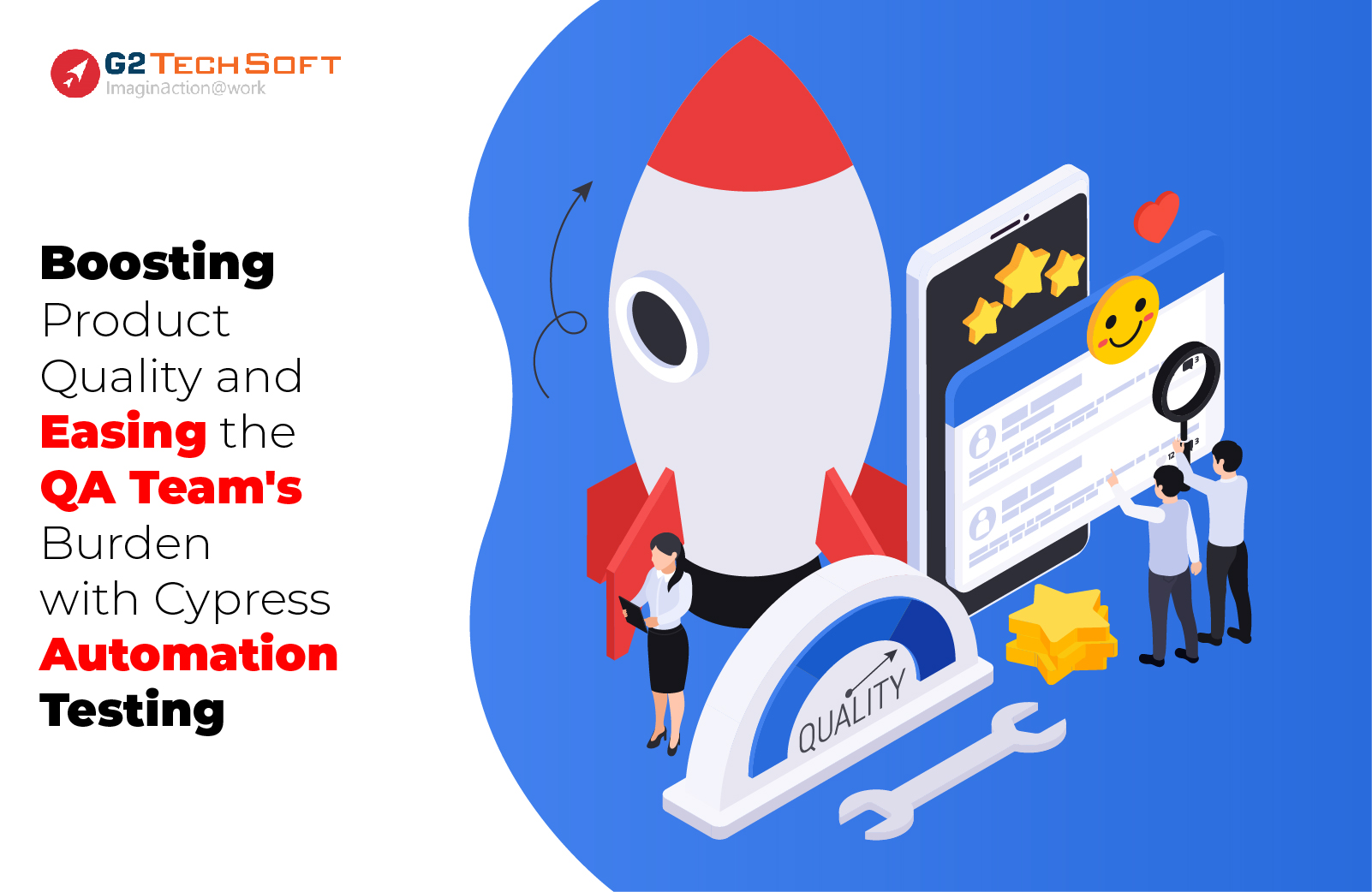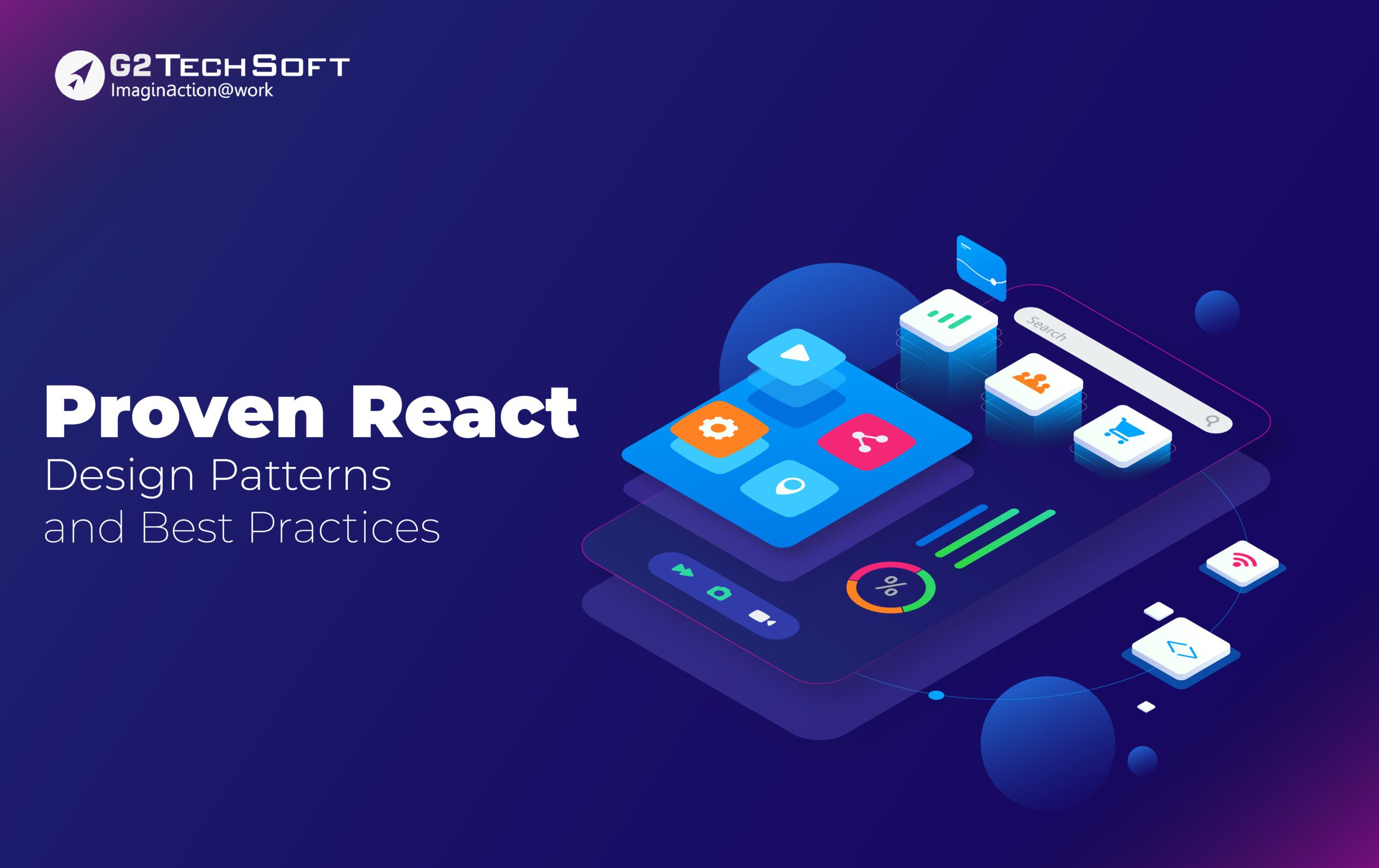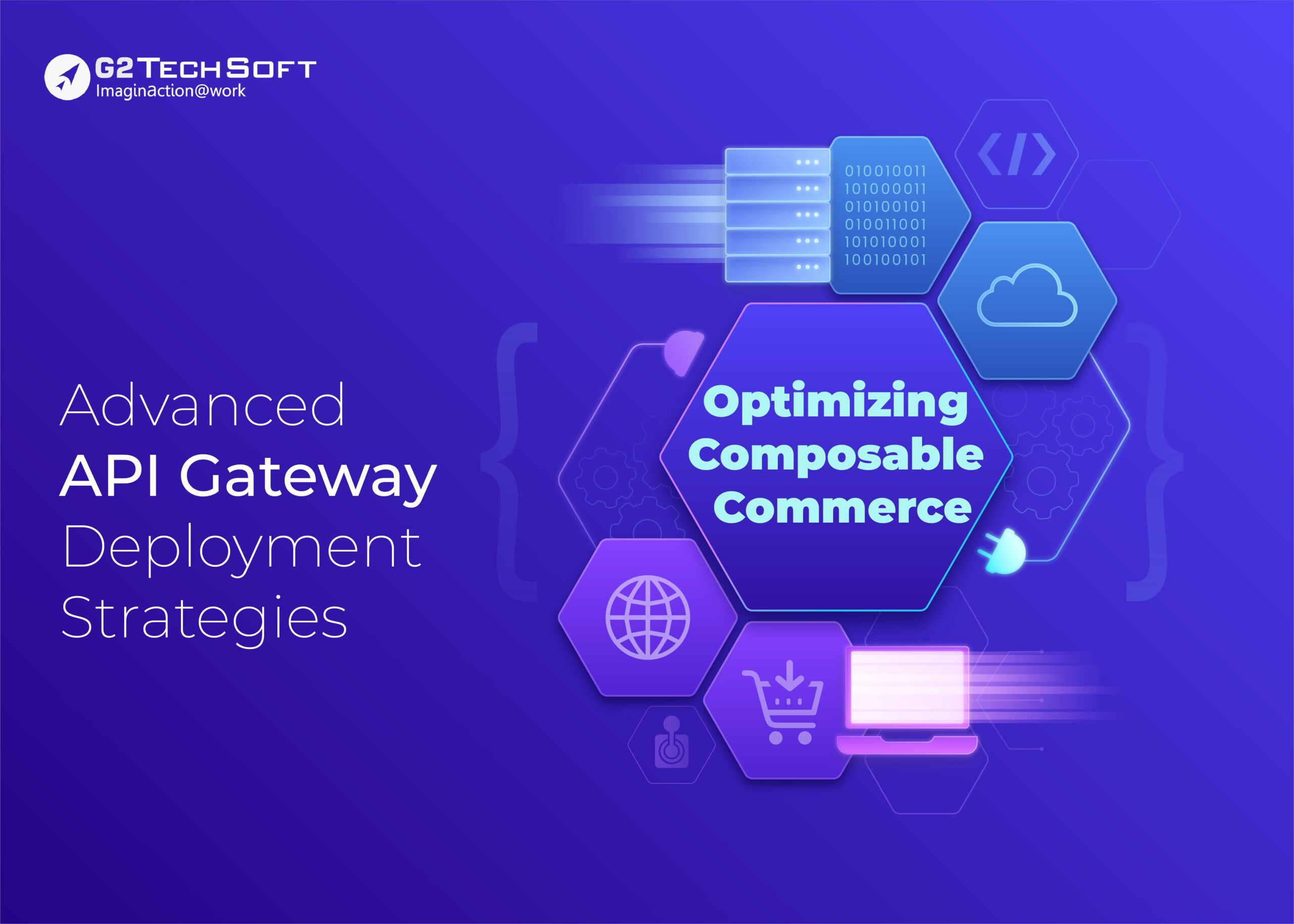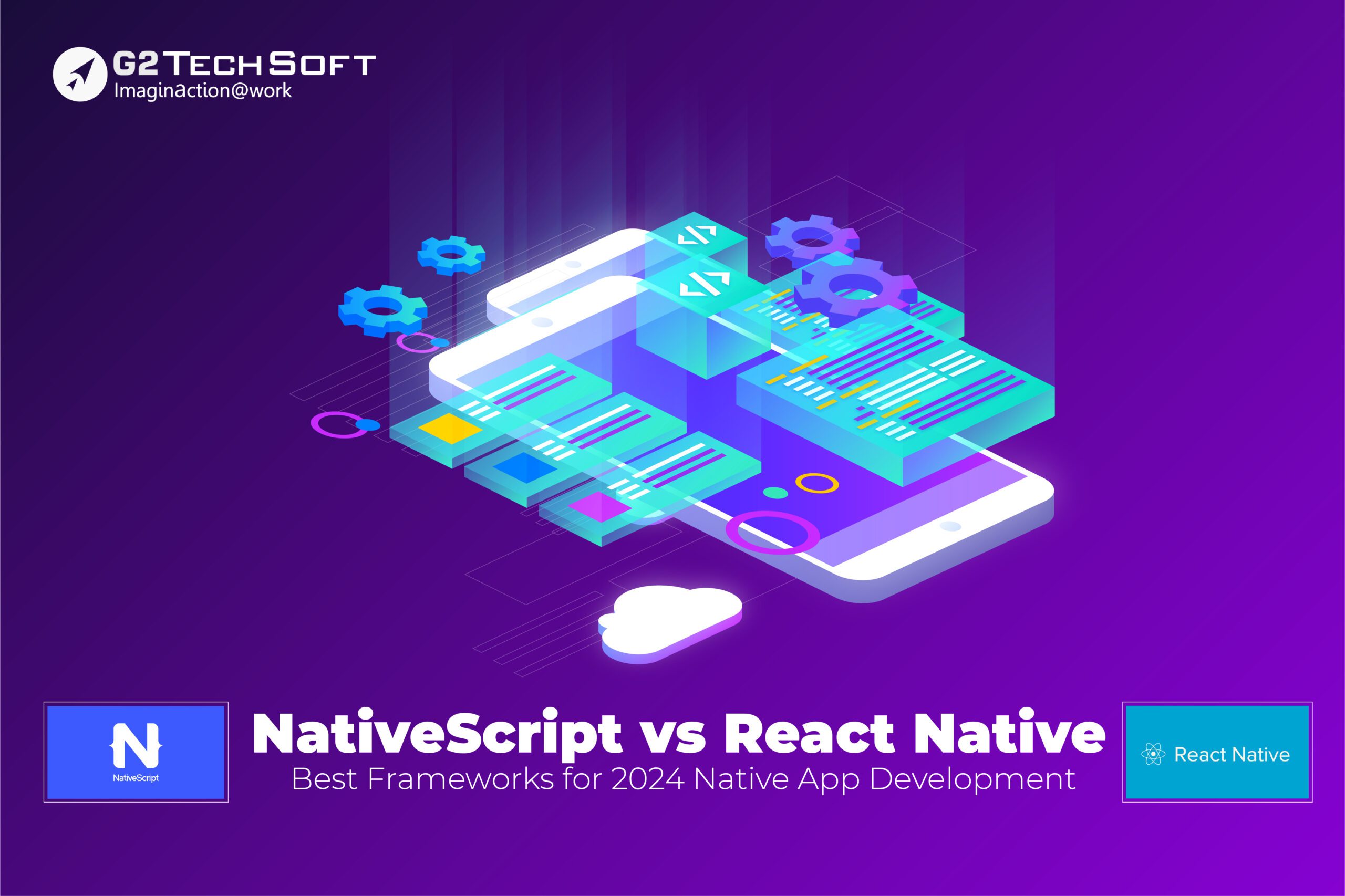
Boosting Product Quality And Easing The QA Team's Burden With Cypress Automation Testing
Flawless, error-free code stands as the bedrock of any high-quality product. As a project expands and code accumulates, the workload naturally amplifies for the quality assurance team. The manual testing process, in this context, emerges as a bottleneck, impeding the development cycle and potentially permitting bugs to go unnoticed. This is precisely where the influence of automation testing, particularly leveraging frameworks such as Cypress, becomes pivotal.
Within the confines of this article, we immerse ourselves in the domain of automation testing, shining a spotlight on the capabilities of the Cypress testing framework. Automation QA has evolved into an indispensable facet of software development, driven by the imperative for expeditious and dependable testing procedures. Cypress, positioned as an advanced automation testing tool, not only mitigates the challenges faced by your QA team but also elevates the overall quality of your product.
Embarking On The E2E Testing Journey In Our Project:
In a recent venture dedicated to crafting a customer relationship management system, we encountered a unique challenge. The client presented an existing system foundation, and our task was to integrate multiple new features seamlessly.
The initiation of the project was swift, driven by a pressing timeline and an extensive list of features to incorporate. However, this urgency led to a chaotic development phase. Developers grappled with the intricacies of maintaining complex processes within the application, while testers found themselves immersed in an escalating cycle of regression testing.
To address this challenge, we devised a system where testers meticulously composed test cases for each new feature. Before this, developers had already crafted end-to-end tests encompassing the system’s functionality post-implementation.
Although E2E test plans were not initially on the horizon, their implementation emerged as a strategic move to expedite the release cycle and enhance overall test quality. This approach instilled confidence that each code update underwent thorough testing, ensuring system stability.
Opting for automated testing became imperative in streamlining our project, necessitating the replication of user actions as in manual testing. We weighed the merits of two popular frameworks for E2E testing: Selenium and Cypress.
Cypress, a contemporary JavaScript framework, offers a modern approach to automating web application testing. It empowered developers to script tests mimicking real user scenarios and interactions, validating the application’s seamless functionality. Notably, Cypress boasted detailed documentation and a vibrant community, facilitating the deployment and utilization of this framework by our QA team.
Selenium, an open-source framework, provides a versatile solution for automated web application testing across various browsers and platforms. Its flexibility extended to supporting multiple programming languages, catering to developers’ preferences through an array of language bindings.
Comparing Cypress to Selenium, the former distinguished itself with its faster and more user-friendly E2E testing. It adopted a straightforward testing approach, complemented by a built-in debugger.
To determine the best fit for our project, we outlined key requirements for the automated testing framework:
Browser Execution: The framework was needed to support direct execution in the browser, ensuring seamless testing within the environment.
Test Logging: Comprehensive test logging at all execution stages, preferably accompanied by screenshots, was deemed essential.
Built-in Toolset: The framework should include all necessary tools out of the box, eliminating the need for multiple library installations.
Azure DevOps Integration: Integration with Azure DevOps CI/CD was crucial for automating testing and deployment processes.
Browser Compatibility: The chosen framework had to align with the project’s initial browser testing requirements, covering popular browsers such as Chrome, Firefox, and Edge.
Additionally, the selected framework needed to emulate user behavior during manual testing by operating directly within the browser and offering logging functionality at every test execution stage.
Cypress emerged as the optimal choice, meeting all project requirements seamlessly. Its architecture facilitated direct testing within the browser, aligning perfectly with our needs. In contrast, Selenium’s reliance on WebDriver for external browser communication did not align with the project’s specific requirements.
Decoding Cypress: Exploring The Upsides And Downsides Of Automated Testing In Detail
The primary perk of utilizing Cypress was its ability to automate manual tests, significantly saving resources for our QA team. An illustrative example is a complex settings page in one of our new features, housing numerous controllers with intricate dependencies. This page, essentially a template processor, necessitated extensive testing involving actions like logging in, navigating to the settings page, opening multiple pages in adjacent tabs, creating presets, and verifying the changed states of these pages.
For instance, testing 20 different preset configurations manually would typically consume around 10 minutes per variant. A QA specialist would meticulously configure controllers and verify the final state of the pages. In contrast, automated testing for one configuration took merely a minute.
The results speak for themselves in the comparison of manual versus automated testing. The Cypress framework substantially lightens the workload for both QA and development teams over time.
It’s essential to note that while Cypress proved optimal for our project, it does come with certain considerations. Advanced Cypress features may demand additional expertise from your QA and development teams. Moreover, implementing an effective test writing strategy becomes crucial for large-scale projects. In our case, testers handled test case creation, while developers were responsible for writing the tests.
Streamlining QA Workload Through Cypress Automation:
Streamlining Test Script Creation:
Cypress streamlines the process of test script creation through its user-friendly API and integrated test runner. By enabling testers to write scripts in JavaScript, Cypress facilitates the definition of test scenarios and assertions, significantly reducing the time and effort required for script development and maintenance.
Efficient Test Execution:
Once test scripts are crafted, Cypress takes charge of their execution across various browsers and platforms. It relieves testers from repetitive manual tasks like button clicks or form filling, allowing the QA team to redirect their focus to more strategic testing endeavors.
Simplified Test Maintenance:
Cypress ensures straightforward test maintenance. When alterations are made to the application code, testers can efficiently update the corresponding test scripts. The framework’s robust debugging capabilities expedite issue identification and resolution, ensuring the ongoing effectiveness of tests amid the evolution of the application.
Concurrent Test Execution:
Cypress supports parallel test execution, enabling the concurrent running of multiple test cases. This feature further diminishes testing time, providing the capability to test complex scenarios and multiple configurations simultaneously.
Transformative Benefits Of Cypress Automation Testing:
Swift Testing Cycles:
The paramount advantage of Cypress Automation Testing lies in its speed, offering a significant departure from the time-consuming and error-prone nature of traditional manual testing. By automating test cases, Cypress empowers testers to execute tests quickly and efficiently. This acceleration in testing cycles translates to faster releases and a diminished time-to-market for your products.
Expanded Test Coverage:
Cypress Automation Testing enables QA teams to achieve comprehensive test coverage. Automated tests can be effortlessly repeated across diverse browsers and devices, ensuring the correct functioning of your application under various conditions. This extensive coverage substantially reduces the risk of overlooking critical issues that could adversely impact your users.
Consistency And Reproducibility:
In contrast to the inherent human errors and inconsistencies in manual testing, Cypress tests deliver consistent and repeatable results. Executed in the same manner every time, test cases minimize the likelihood of false positives or negatives.
Seamless CI/CD Integration:
Cypress seamlessly integrates with Continuous Integration and Continuous Delivery (CI/CD) pipelines, automatically triggering automated tests with each code change. This integration ensures the early detection of regressions in the development process, preempting the introduction of new bugs into the codebase.
Strengthened Collaboration:
Cypress fosters collaboration between development and QA teams by scripting test cases in JavaScript, making it accessible to developers. This collaboration promotes a shared understanding of testing requirements, facilitates accelerated bug resolution, and enhances overall team efficiency.
Key Takeaways:
Cypress streamlines the testing of web applications through its robust and user-friendly testing framework. With the capability to interact seamlessly with web applications within a browser instance and an extensive array of built-in commands, Cypress stands out as a preferred option for end-to-end testing. The adoption of automated tests using Cypress proves beneficial in liberating your team from the repetitive tasks of manual regression testing, enhancing overall testing efficiency.
Looking for an Automation Testing Service? Choose G2 TechSoft
At G2 TechSoft, our QA teams boast considerable proficiency in both automated and manual testing frameworks. We stand ready to support you in streamlining workloads for developers and QA engineers, guaranteeing elevated code quality and expedited project delivery.
Get in touch with us to commence collaborative efforts on tailoring the optimal QA strategy for your project. Together, we can ensure a seamless and efficient testing process that aligns with your firm’s ideal demands!




